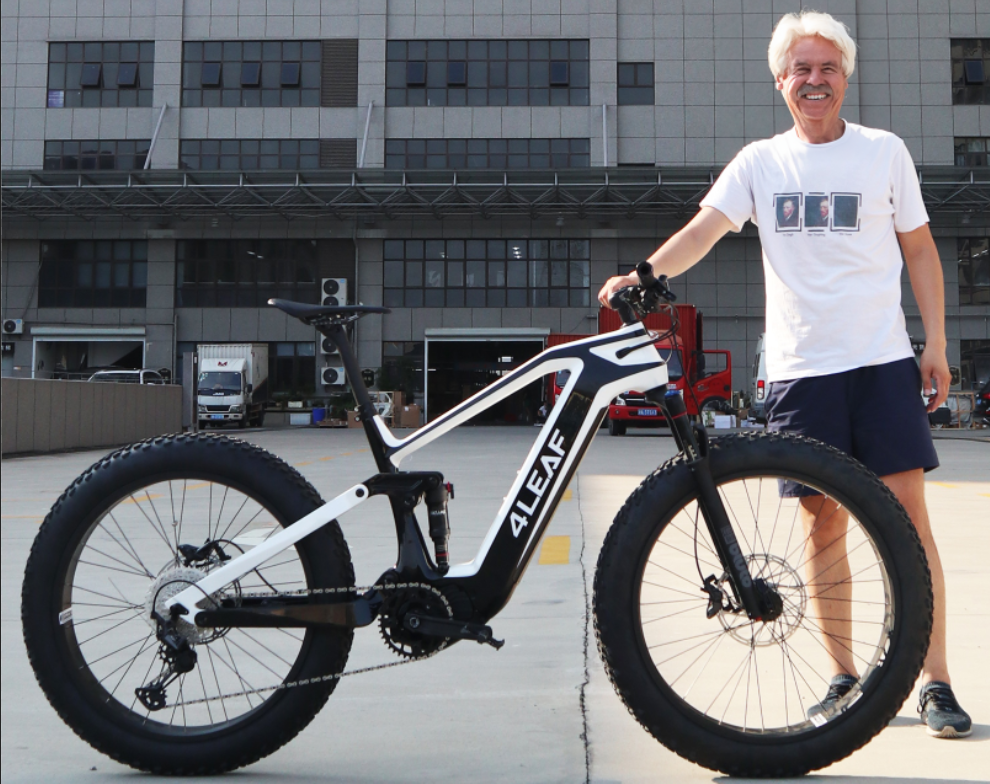
How do Electric Bikes Work?: Everything You Need to Know
Share
Electric bikes, also known as e-bikes, work by integrating an electric motor into the traditional bicycle design. The electric motor provides assistance to the rider, making it easier to pedal, climb hills, and travel longer distances. Here's a breakdown of how electric bikes work:
Electric Motor
- Location: The electric motor is typically mounted in one of three main locations: the hub of the front wheel (front hub motor), the hub of the rear wheel (rear hub motor), or in the bike's center frame (mid-drive motor).
-
Types of Motors:
-
Hub Motors: These are located in the wheel hubs and are simpler to install. They provide direct power to the wheel.

-
Mid-Drive Motors: These are mounted near the bike's bottom bracket, connecting directly to the bike's chain. They leverage the bike's gears, providing better efficiency in different terrains.

-
Hub Motors: These are located in the wheel hubs and are simpler to install. They provide direct power to the wheel.
Battery
- Power Source: E-bikes are powered by rechargeable lithium-ion batteries. These batteries are usually detachable for easy charging.
-
Capacity: The battery capacity is measured in watt-hours (Wh) and determines how far the bike can travel on a single charge. Higher capacity batteries generally provide longer ranges.

Controller
- The controller manages the flow of electric power from the battery to the motor. It interprets signals from the rider (such as pedal assist levels or throttle input) and adjusts the motor's output accordingly.
Pedal Assist and Throttle
- Pedal Assist (PAS): This feature senses the rider's pedaling and automatically adds electric assistance. PAS is often adjustable, allowing riders to choose different levels of assistance.
- Throttle: Some e-bikes come with a throttle, allowing riders to control the electric motor directly without pedaling. Throttles are common in "electric scooters" style e-bikes.
Sensors
- Speed Sensor: Monitors the bike's speed to regulate the assistance level. This helps maintain a consistent speed and prevents the motor from overworking.
- Torque Sensor: Measures the force applied to the pedals, adjusting the motor's power output based on the rider's effort.
Display
- A digital display mounted on the handlebars provides information such as speed, battery level, and chosen assist level. Some advanced displays may also include GPS, trip distance, and other features.

Regenerative Braking (optional)
- Some e-bikes feature regenerative braking, where the motor acts as a generator during braking, converting kinetic energy back into electricity and recharging the battery.
By combining these components, electric bikes offer a versatile and efficient alternative to traditional bicycles, making cycling more accessible and enjoyable for a wider range of people and purposes.
4 LEAF, For Life!

